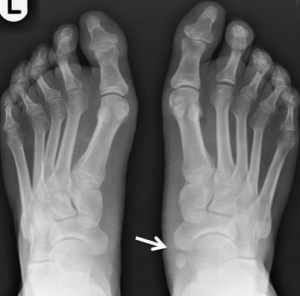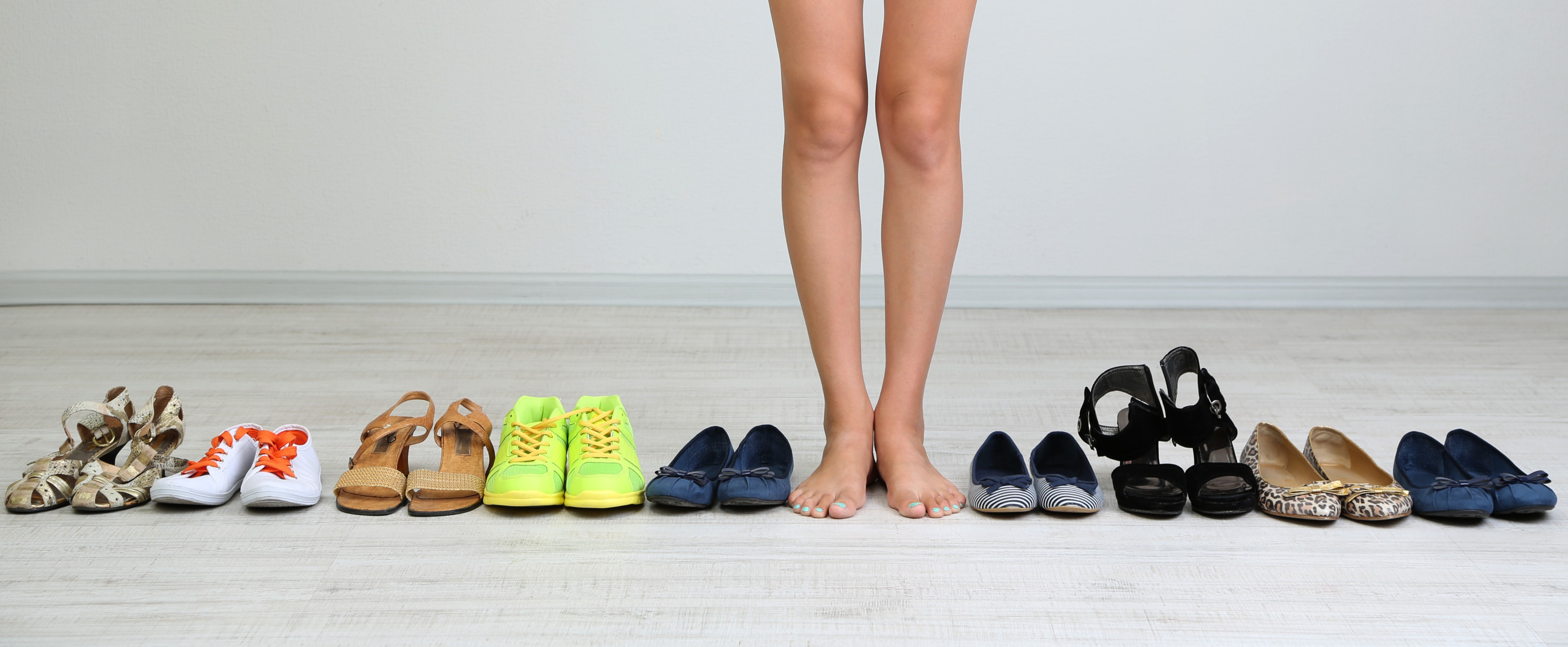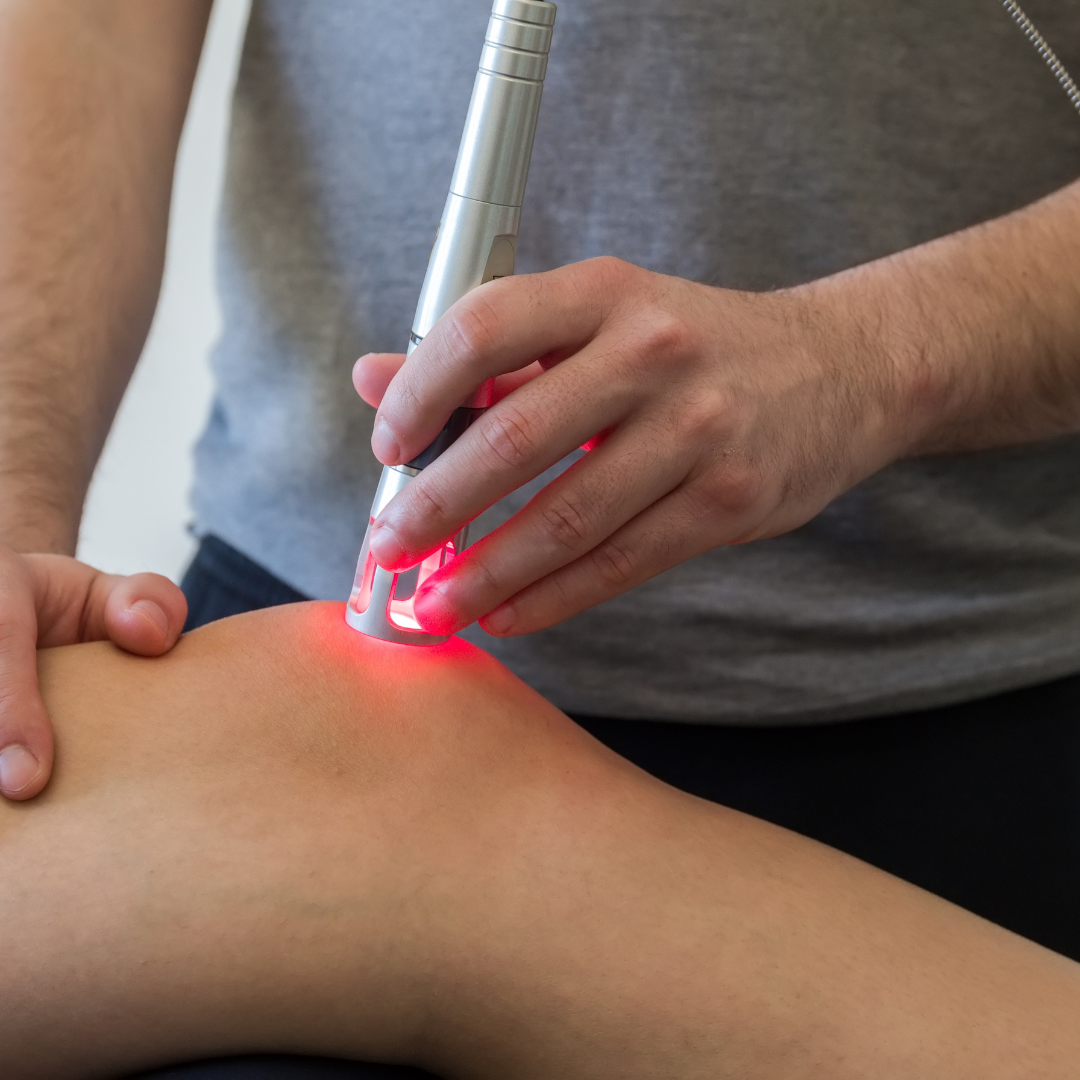An accessory navicular is a small extra bone found next to the navicular on the inside border of your foot, just up from (proximal to) the ankle. It’s the most common accessory bone in the foot, occurring in up to 5-10% of people. It is incorporated into the posterior tibial tendon which passes down the inside of the foot. Accessory navicular syndrome describes a condition in which the accessory bone or posterior tibial tendon becomes irritated and produces painful symptoms.
While the exact reason for the development of the accessory navicular bone itself is unknown, there is thought to be a genetic factor involved for some people. Accessory navicular syndrome is caused by irritation or damage to the area of the navicular and the surrounding soft tissues. This may occur from:
 What
are the symptoms?
What
are the symptoms?
Some people with an accessory navicular will remain asymptomatic throughout their lifetime and may never even know they have an accessory navicular. For others, painful symptoms can develop. Symptoms may begin during growth spurts and periods of bone maturity between the ages of 8 – 16 years, or may not begin until adulthood. Symptoms may include:
Treatment begins with relieving the painful symptoms through the resting and icing the foot. Following this, the focus is on relieving strain and pressure away from the area of the navicular to reduce the likelihood of irritation and the symptoms coming back. This may involve:
For those that don’t respond to conservative management and have ongoing painful symptoms, surgery may be indicated.

If you’re unsure whether you should wear walking or running shoes when exercising, this article is for you.
We explain the differences between walking and running shoes and how to determine which one is best for your feet. When it comes to buying a new pair of shoes, most people walk into a store expecting to just “find something comfy.” Then, suddenly, you’re asked: Are you looking for
walking shoes or running shoes? And that’s where the confusion begins. Because for many people, the answer isn’t that simple.
You could walk a lot – to work, around the block, chasing after the kids, or while catching up with friends. You could have also just joined
a gym or registered for the Couch to 5km. Or you could be a walker who just wants the option to go for a run if the mood strikes. So, which
shoe do you pick?

Discover why foot health is so important as we age and how Perform Podiatry supports seniors in staying mobile, independent, and pain-free. From diabetic care to personalised treatment plans, we’re here to help keep your feet happy and healthy, every step of the way.

Discover how Class IV Laser Therapy at Perform Podiatry offers powerful, drug-free relief for foot and ankle pain. Backed by science, this advanced treatment helps you heal faster and move better, without the need for surgery or medication.
Keeping your family on their feet and helping them to walk, run, play and exceed their goals is why we love getting up in the morning.
Ground Floor, One Health Building
122 Remuera Rd, Remuera
Auckland 1050, New Zealand
| MON - FRI | 7:30am – 6:30pm |
| SAT | 8:30am – 4:30pm |
| SUN | Some availability |
Make an Appointment
Online Schedule
Our virtual receptionist is available 24/7 to help with general questions, booking requests, and clinic information, even when our team is busy, or it's after hours.
Whether you're calling us or using our website, you'll get fast assistance any time of day. And if your query needs a personal touch, a member of our team will follow up as soon as possible.